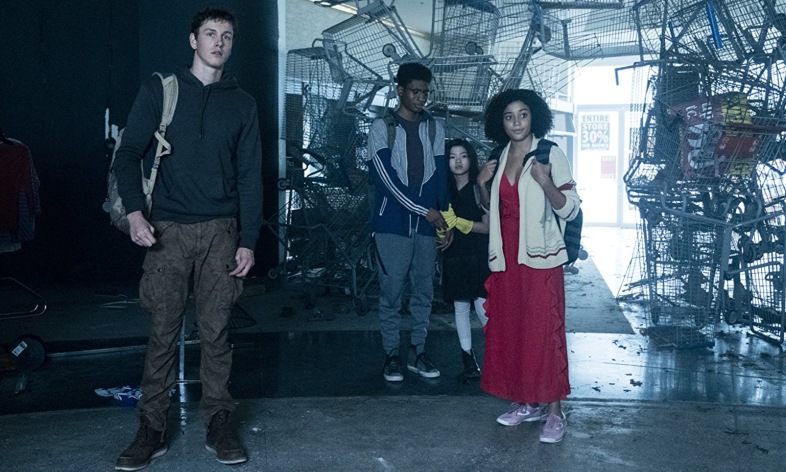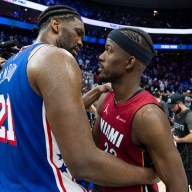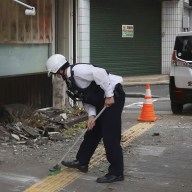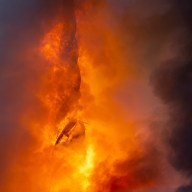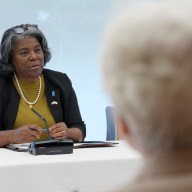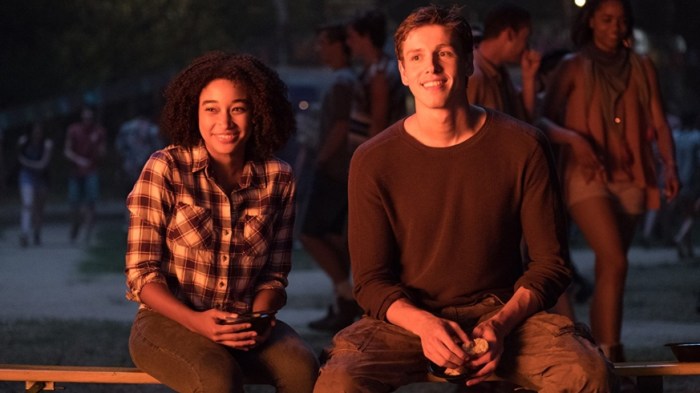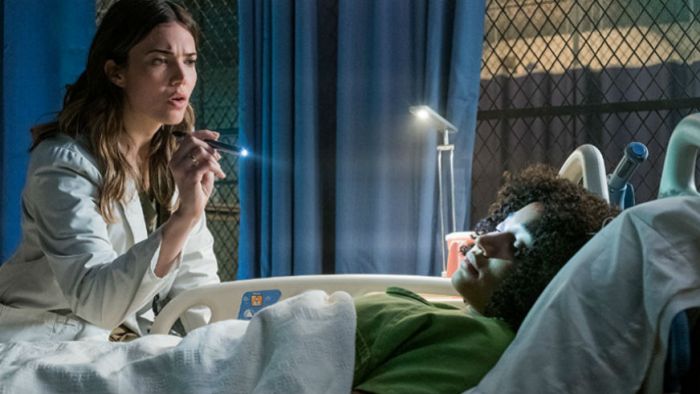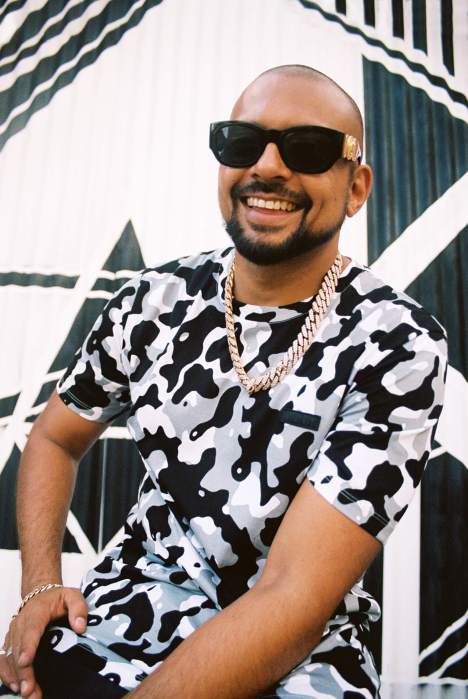You might not know the name Jennifer Yuh Nelson, but you’ve definitely seen her work.
Well, at least your children have. Not only was she a story artist for “Madagascar” and head of story for “Kung Fu Panda,” but she directed both “Kung Fu Panda 2” and “Kung Fu Panda 3,” too.
But having spent the bulk of her career in animation, the two time Annie Award winner soon set her sights on moving into live-action. The huge success of the “Kung Fu Panda” franchise meant that she was immediately in demand, too.
With Alexandra Bracken’s young adult novel “The Darkest Minds,” which is set in a dystopia America where a pandemic has killed 98% of the children under 20 and the remaining 2% have developed mysterious psychic powers that lead to their interment, Nelson saw the perfect opportunity to mold her cinematic sensibilities with her ambition.
I recently had the chance to talk with Jennifer Yuh Nelson, and she has more than happy to talk me through her transition from animation to live-action.
How did you first get involved in “The Darkest Minds”?
I was looking to go into live action. This is my very first live-action film. I had read an early draft of the script. It had such a really great emotional core to it. It had a moment that I don’t find in a lot of scripts, which is really hard to reverse engineer, it was that sort of gut punch where you want to cry and hug the ones you love. So it was that kind of moment and I thought it was a great movie to start with, a great scale of movie, with great characters, so that’s why I jumped onto it.
What did you want to explore and achieve with live-action and “The Darkest Minds” that you hadn’t been able to do with animation?
I have always thought of live-action, even when I was dreaming up movies in my head as a kid, it was live-action that I was seeing. But animation was great training for me, because as a story-board artist in animation, you are able to story-board everything. It is not just action, which they tend to do in live-action. But as a story-board artist you are part writer, part artist, part character development, basically you are coming up with the basic bones of the character and the film. While drawing it. But that was really great. But the issue was that I just always had this image of a live-action movie in my head and I wanted to push the boundaries of the genre I was in, and push the boundaries of the age group I was aiming for. Basically go for a real-word thing, rather than something that was entirely a special effects films. It was something new and exciting to do and I thought it was time.
What exactly did you want to push the boundaries of in the genre?
I think a lot of people have seen Young Adult movies, and they have been done very well, but they have been done. And a lot of reasons why people associate a certain look and feel with YA movies is they tend to be dystopian and dark and often blue in color. We are going through hard times and I think t it would be good in this world we are in right now to get a bit of joy and uplift and encouragement instead of something that feels very dark. I wanted to do a YA movie that wasn’t necessarily a YA movie. I wanted to do something that had lightness and color and had a grounded reality base to it, so you could imagine it happening today and right now outside with people you know.
Did you experience any obstacles going from animation into live-action?
I definitely think it is more difficult, because people don’t necessarily think of animation, sadly enough, as a full filmic background. I think that is very unfair, because animated films tend to have massive budgets and massive crews. And are essentially like the big tent pole movies nowadays, where most of the film is fabricated in VFX. An animated film is entirely VFX film. Also, all the story development, working with the script, the set-designs, all the prep is exactly the same, and then post is exactly the same. The only difference is filming it, which is significant, but there are large parts that overlap. That being said, most directors have very different backgrounds and things lend to live-action more than others. In my personal sense, I have always thought of live-action, I’ve always had to translate into live-action, and my personal taste is definitely more action based than a lot of animated films are.
What did you want to bring from the animation filmmaking into live action?
One thing is that with animation you have to plan so far ahead. You can’t just hope for the best and shoot whatever. You have to know what you want, because each frame is so expensive to get. I had a lot of planning before we got on set of The Darkest Minds, because since I could draw, and I am a story-board artist myself, I could actually sit and doodle the things I needed to get that day. And sit with the DP and AD and script supervisor and we could all get what we wanted. That sort of thing, people have said it is sometimes hard to know what a director wants because they have to read the tea leaves a little bit. If a director can whip out a piece of paper that says this is what we are going to get, it makes things a whole lot easier. It made for a relaxing shoot?
Where do you see you future as a filmmaker? In animation or live-action?
I really adore both. There is a good reason I spent a long time in animation, because there is so much about it to love. Right now I am completely enjoying the exploration of live-action because there is a whole bunch of new toys to play with that I didn’t get to play with before. There is no comparison between this and animation, where you can walk around set and watch things being practically done right in front of you. Which is quite exhilarating. So they both have things to offer, for me it is all about following the character and story and whether it is something I can imagine in my head. Whatever technique that it is.
“The Darkest Minds” is now in cinemas.

